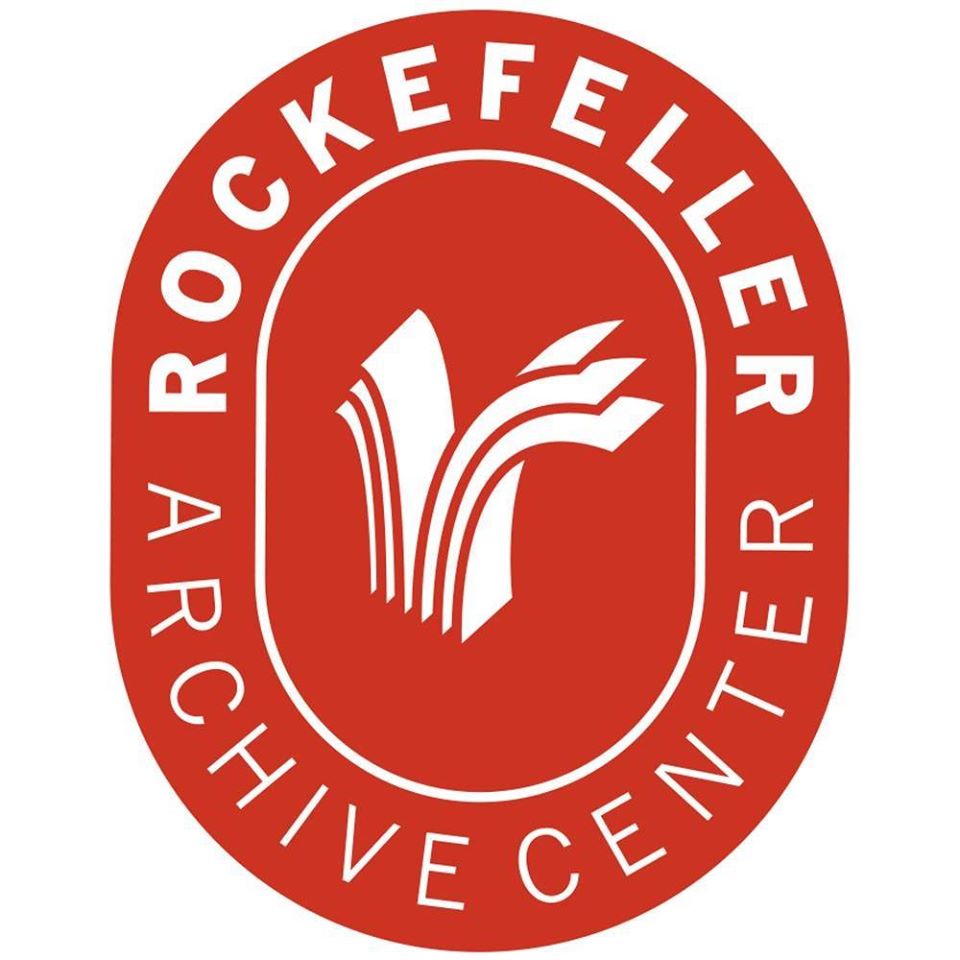Foundation for Child Development (Association for the Aid of Crippled Children (AACC)) records, 1904-1915, 1919-1920, 1931-1933, bulk 1904-1915
Collection context
Summary
- Creator:
- Association for the Aid of Crippled Children and Foundation for Child Development
- Extent:
- 0.01 Cubic Feet 1 microfilm reel (35mm)
- Language:
- English .
Background
- Scope and content:
-
Types of records include: meeting minutes.
- Biographical / historical:
-
The origins of the Foundation for Child Development begin in 1899 with the Auxiliary Board of the New York City Children's Aid Society, and was incorporated as a voluntary agency in 1900. Leading the Auxiliary Board, Mabel Irving Jones, a concerned citizen and advocate, and her colleagues sought to establish government responsibility for the formal education of children with physical disabilities, including those afflicted with polio and other diseases.
In the early twentieth century, physically disabled children were often homebound with no access to formal education. By 1904 nearly 120 disabled school-aged children were attending school outside of the home; in 1906, Public School 104 of the New York City Board of Education operated the first public school class for disabled children.
In 1908, the Auxiliary Board was established as the Association for the Aid of Crippled Children (AACC) separate from the Children's Aid Society, to teach and aid children with disabilities, including victims of polio. The AACC was supported entirely by public contributions and employed a staff of ten, led by trained nurses. In addition to providing transportation to school and health clinics and braces and other therapeutic devices, the AACC also established physical rehabilitation facilities. By 1940, over 30,000 children had benefited from these services, including children with cerebral palsy and other disorders of fetal and neonatal origin.
The organization's early focus on the needs of a stranded school-aged population firmly defined its legacy. In later years, similar enterprises supported direct-care and research to benefit adult rehabilitation. The AACC joined with New York University-Bellevue Hospital to establish the Children's Division of the Institute of Physical Medicine and Rehabilitation, today known as the Rusk Institute. During World War II, their pioneering work helped to rehabilitate injured soldiers.
In 1972 the Association changed its name to the Foundation for Child Development (FCD) to reflect its role as a grant-making organization and in particular its evolved focus on child development. Included within its mission were goals of preventing child poverty and promoting the economic stability of families.
The Foundation for Child Development is a national private philanthropy dedicated to the principle that all families should have the social and material resources to raise their children to be healthy, educated, and productive members of their communities. The Foundation seeks to understand children, particularly the disadvantaged, and to promote their well-being. They believe that families, schools, nonprofit organizations, businesses, and government at all levels share complementary responsibilities in the critical task of raising new generations.
- Arrangement:
-
As received.
Access and use
- Restrictions:
-
Open for research. Brittle or damaged items are available at the discretion of RAC. Researchers interested in accessing digital media (floppy disks, CDs, DVDs, etc.) or audiovisual material (audio cassettes, VHS, etc.) in this collection must use an access surrogate. The original items may not be accessed because of preservation concerns. To request an access surrogate be made, or if you are unsure if there is an access surrogate, please contact an archivist.
- Location of this collection:
- Contact:

